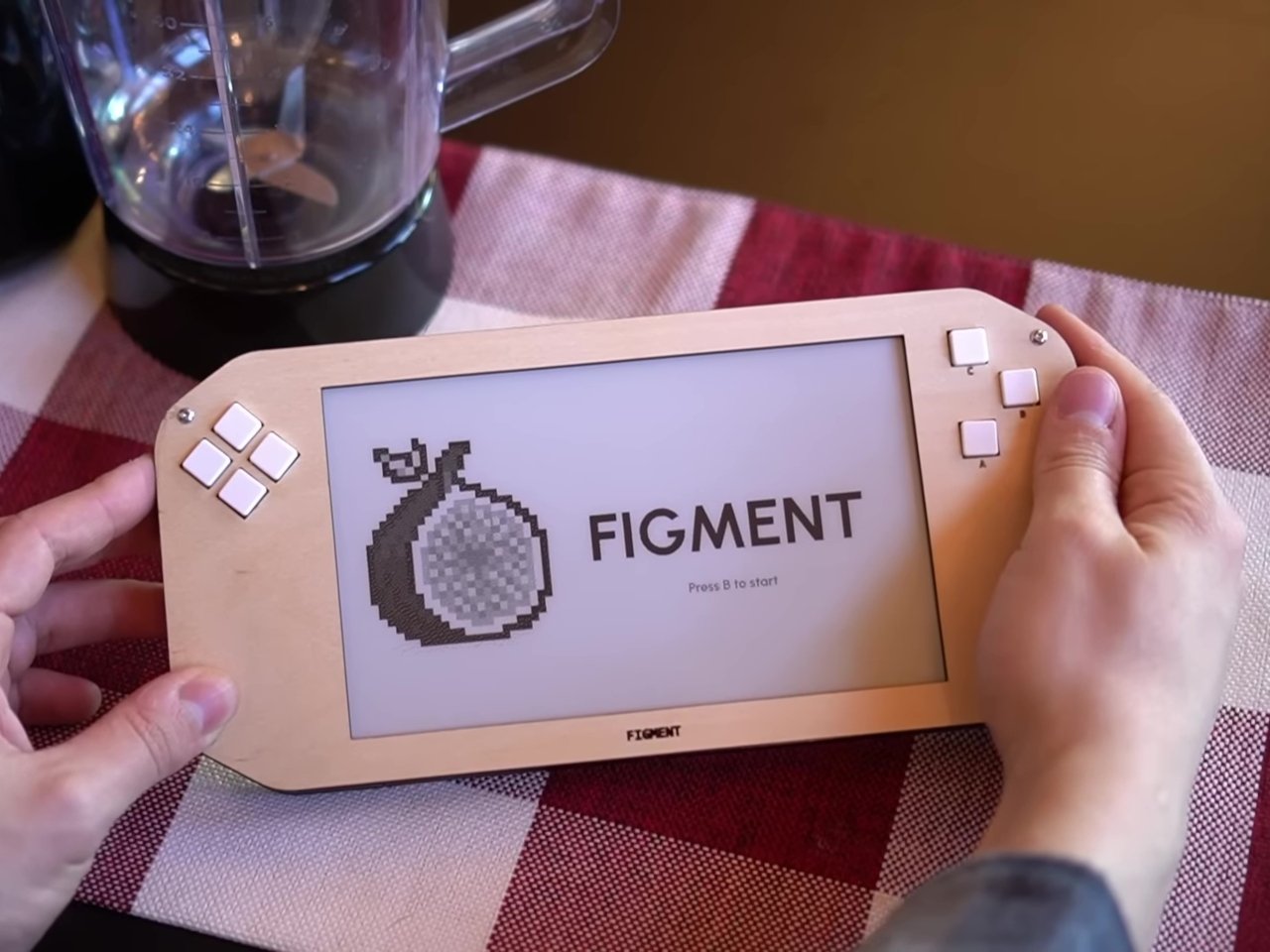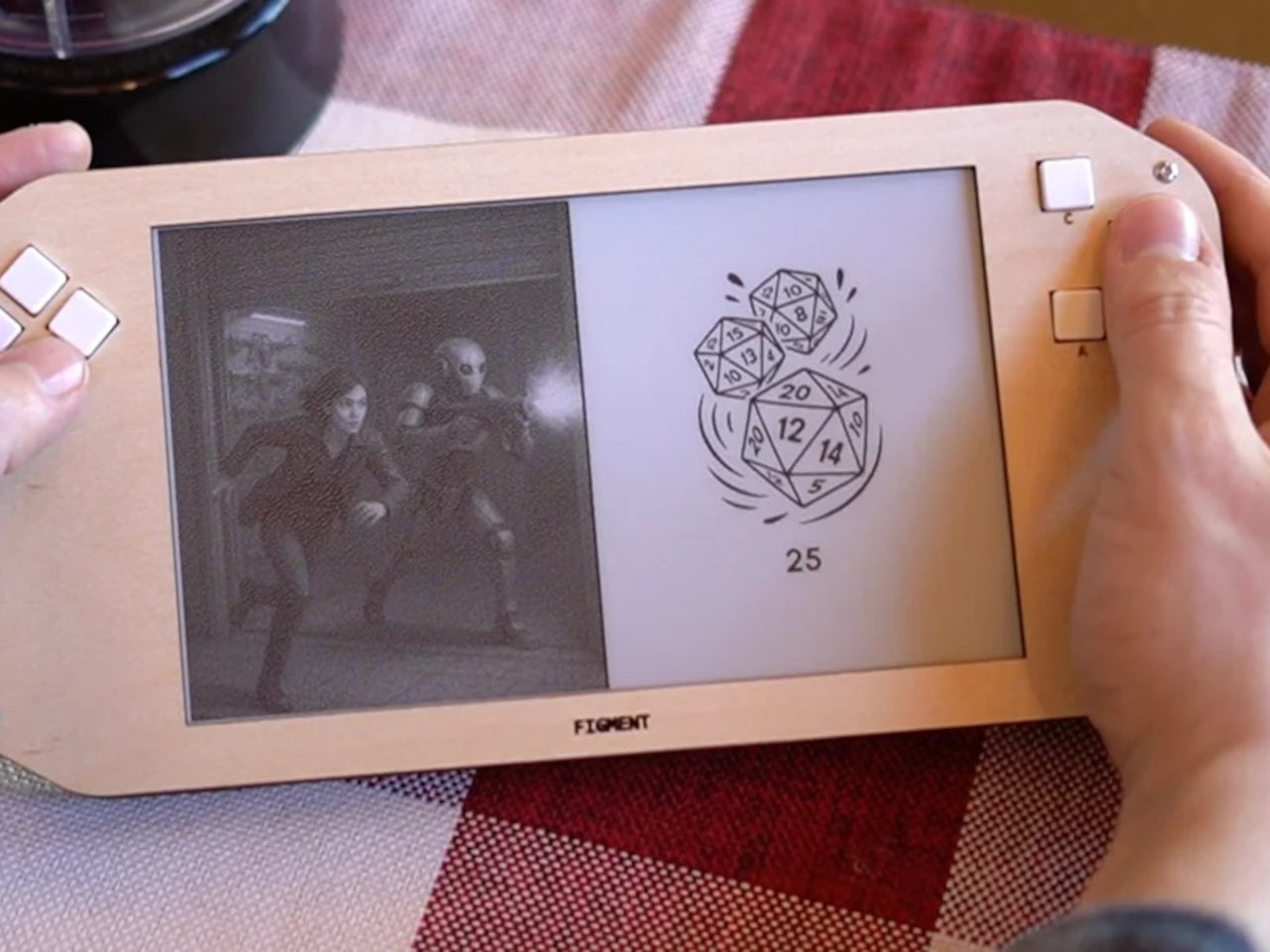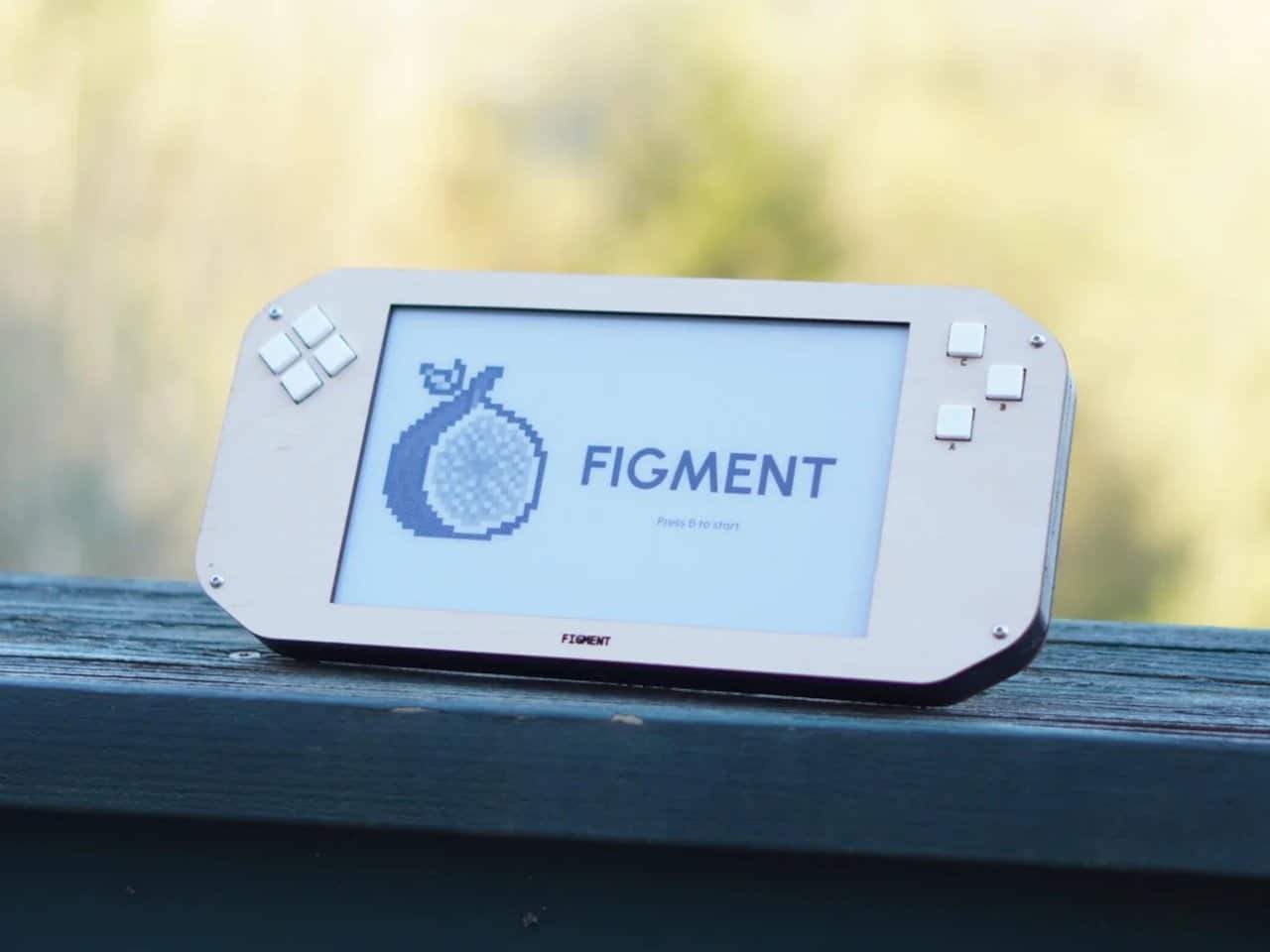“Figment” Device: The Future of Mobile Gaming and Interactive AI-Driven Text Experiences
The Evolution of Mobile Gaming Devices
In recent years, mobile gaming devices have become one of the trending phenomena. The market has experienced a significant variety of designs and functions. These devices range from lightweight models like the Nintendo Switch to larger portable computers, including classic designs that revive the experiences of past decades.
The Saturated Market: Is There Still Room for Innovation?
The market may seem saturated with mobile devices at the moment, as users face a wide array of available options. However, with some unconventional design aspects, there is still room for exploring new models. This does not include devices created by users themselves, which are often limited to running emulators for old games.
“Figment” – A Unique Mobile Device
Innovative Design with New Technology
Among the devices that stand out in this context, the Figment device is one of the few mobile devices featuring a unique advantage. It relies on E-Ink or E-Paper (EPD) technology, rather than traditional screens like LCD or OLED. This monochromatic technology, typically seen in e-readers, opens a new horizon for an interactive experience. It differs from traditional models.
A Slower, Interactive Gaming Experience
Although using an E-Ink screen means you won’t be able to enjoy traditional old games, such as colourful 8-bit games, this device offers a different kind of interaction. It allows users to explore worlds at a slower pace through text. The addition of some pixelated images enhances the experience. This type of gaming opens the door to discovering new aspects of entertainment, away from the speed and interactivity of conventional games.

The Design of the “Figment” Device – Between Tradition and Innovation
A Design for Gaming, Not Reading
Unlike the Ink Console, which features a completely different design, the Figment stands out with a design that closely resembles traditional handheld gaming devices. The device is equipped with directional buttons and action buttons. These are the only way to interact with the 7.5-inch horizontal E-Ink screen that does not support touch functionality.
Why Design Matters
At first glance, this difference might not seem significant. However, the design clearly indicates that the Figment is not intended for e-reading, as some might assume. Rather, it is primarily focused on gaming. It offers a slow-paced, interactive experience based on text and simple images.
Games on the “Figment” Device – Exploring Worlds Through Text and AI
A New Type of Game
The games you will play on the Figment are mostly text-based, with some images added here and there. These games give users the opportunity to explore interactive worlds through text, adding a literary and intellectual dimension to the experience.
“Choose Your Own Adventure” with Modern Technology
The Figment can be seen as the modern digital version of the “Choose Your Own Adventure” books you might have enjoyed in your childhood. However, there is a key difference here. These games can go beyond what the author originally wrote, thanks to artificial intelligence. This allows users to experience new paths. They may change depending on their personal choices.



Artificial Intelligence in the “Figment” Device – Limitless Possibilities
Innovative Interaction with AI
The Figment will rely on artificial intelligence to write new texts and generate creative images to fill in the game paths not written by the authors. Based on the choices made by users, the device will be able to create new experiences. This makes every book or traditional game infinitely customizable.
Open Possibilities with Technical Requirements
On one hand, this use of AI opens up almost limitless possibilities, giving each interactive experience a unique and personalised touch. On the other hand, this type of intelligent functionality requires an internet connection. The Figment is not powerful enough to store and run AI models on the device itself. However, once new content is created and downloaded, it remains on the device. This allows users to revisit these paths repeatedly, even without an internet connection.
“Figment” – More Than Just a Personal Experience
A Prototype for Personal Use
Currently, the Figment device is more of a personal experience than a commercial product ready for purchase or crowdfunding. It may present an exciting opportunity for those interested in experimenting with new technologies in the gaming world. However, it is unlikely that the device will be widely available to the public at this time.
Access to Design and Software
It’s possible that both the design and software for the Figment will be made available to the public in the future. This would likely require some knowledge of electronics, as well as access to at least a 3D printer to recreate the device. This suggests that the device may be aimed at a limited group of innovators and inventors with the necessary technical expertise.








